Demystifying India Stack: Part 4 – Aadhaar – India’s National Identity Program
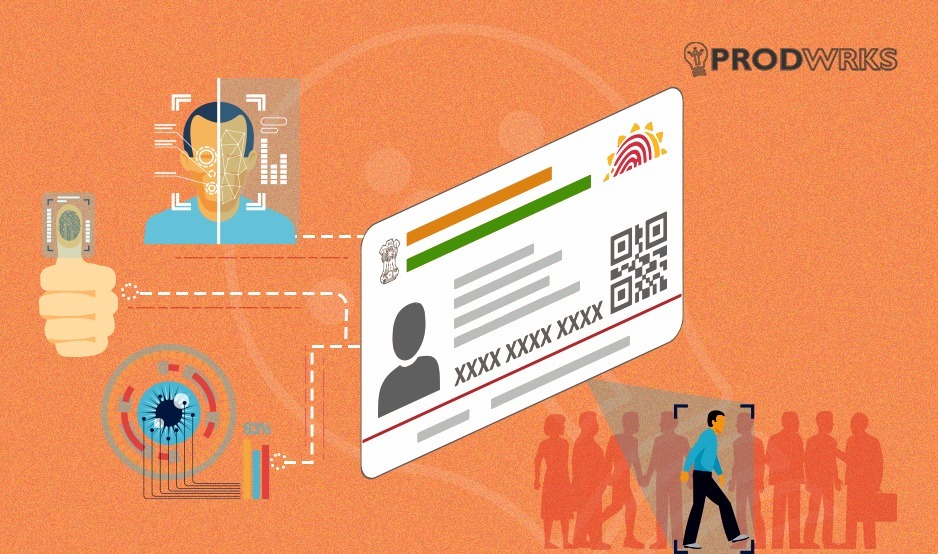
The foundational layer of India’s digital public infrastructure, India Stack, is the Identity layer, facilitating access to a unique and verifiable identity for every resident as a public resource. At the heart of this system is Aadhaar, which establishes a presence-less foundation within India’s digital framework. Aadhaar, a biometric identity solution, requires minimal information and […]
Decoding EmbedUr’s 500Cr Bet to Transform Chennai into an Embedded Systems Hub
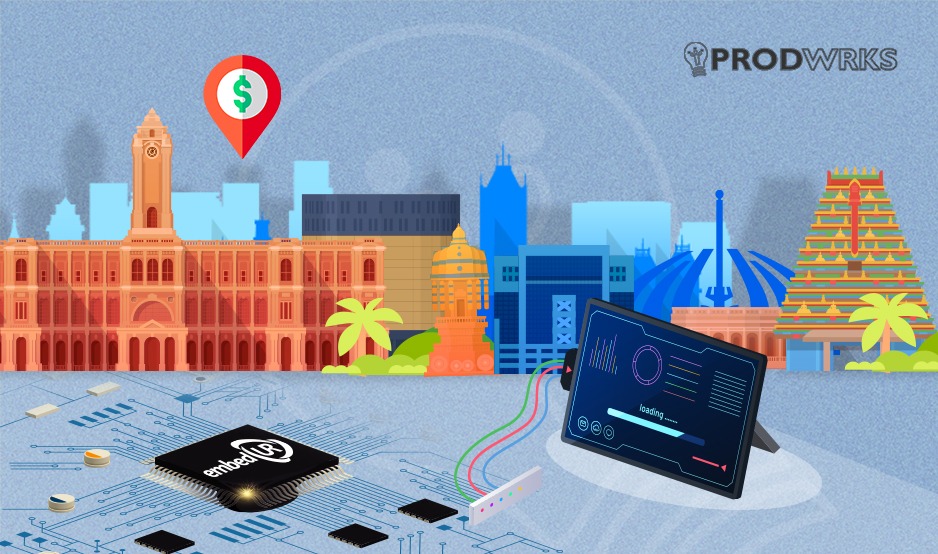
Silicon Valley-headquartered embedded technology company, embedUR, is making a significant investment of INR 500 crores in its Chennai operations, marking a substantial commitment to India’s growing tech ecosystem. As the first phase, embedUR will invest INR 100 crores in 2024. This bold move is driven by a vision of accelerating growth and tapping into the […]
The Art of Strategic Feature Adoption and Avoiding Copycat Pitfalls
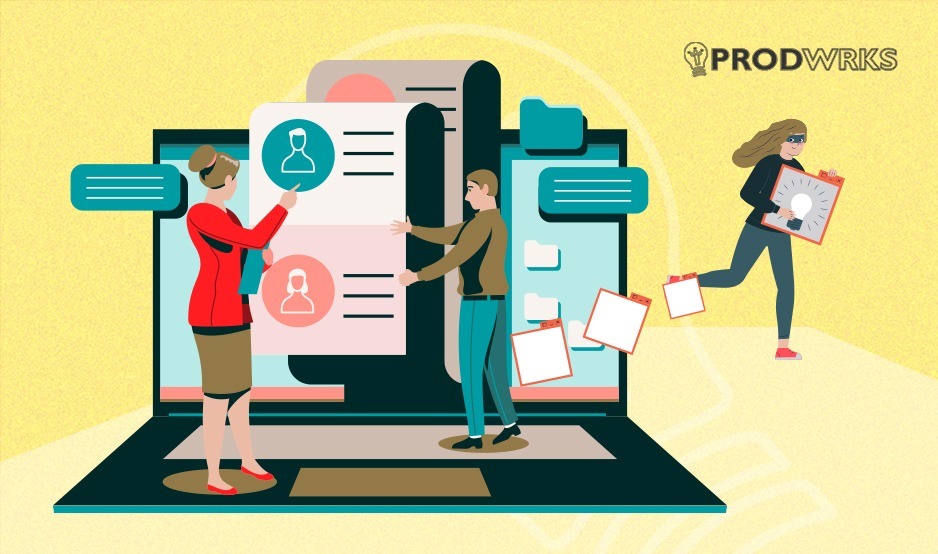
When it comes to product development, the temptation to copy what successful companies are doing is strong, especially if their ideas appear to be working effectively. But is it wise to copy features without careful consideration? In today’s hypercompetitive business environment, mimicking the product strategies of others might seem like a shortcut to success. However, […]
Demystifying India Stack: Part 3 – Ayushman Bharat Digital Mission

India has made significant strides in digitalization in recent years, with Aadhaar Unique Identity (UID), JAM trinity (Jan Dhan-Aadhaar-Mobile) and Unified Payments Interface (UPI) becoming household names. These initiatives have helped to identify and connect people, simplify their day-to-day lives, and make financial transactions more seamless. Now, India is poised to revolutionize the healthcare sector […]
Elixia’s Grand Plan to Become the Zoho of Supply Chain and Logistics Tech Space
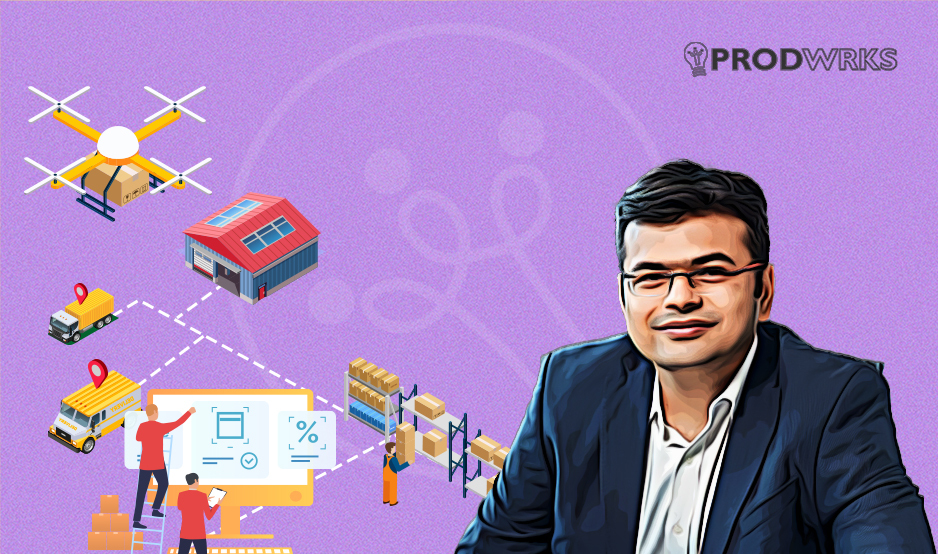
Spending on logistics has always been a nightmare for enterprise companies, and the lack of visibility on the location or the state of goods in transit has been a major pain point. Sanket Sheth, the founder of Elixia Tech, gives a solution to these enterprise problems with his advanced suite of SaaS products for logistics […]
Gamification in EdTech – Lessons from Duolingo, Khan Academy, IXL, and Kahoot!

According to studies on the dynamics of students’ lecture attention spans, the average learner’s attention span increases during the first 10 minutes of the presentation and then decreases. One approach to addressing this issue and recapturing learners’ attention is to modify the setting during a lecture, for example, by taking a brief break. This is […]
Demystifying India Stack: Part 2 – OCEN (Open Credit Enablement Network)

India is a country with a large population but limited access to formal, affordable credit. This presents a massive market opportunity for lenders and fintech companies. However, the current system for delivering credit to underserved borrowers is broken. Lenders face a number of challenges in reaching out to and underwriting prospective borrowers, including high costs […]
Practical Guide to Navigate Privacy and Data Security Compliances for Digital-First Firms

Insights from Abhishek Tiwari, Manager – KPMG India and member of ISACA Startups are increasingly becoming vulnerable to data breaches. Looking at recent news reports, you’ll find that Juspay lost 35 million records, Unacademy lost over 20 million, and we don’t have to tell you about the data breach at Byju’s, which exposed sensitive student […]
Demystifying India Stack: Part 1 – ONDC (Open Network for Digital Commerce)

ONDC is a pioneering initiative spearheaded by the Government of India to create an open and inclusive digital commerce ecosystem. It is part of India Stack, the nation’s Digital Public Infrastructure (DPI). It allows any registered seller to connect with any registered buyer in India. Doing so breaks the monopolies and duopolies established in the […]
Propelld Shows the Way for Fintechs to Tackle NPAs in Education Loans
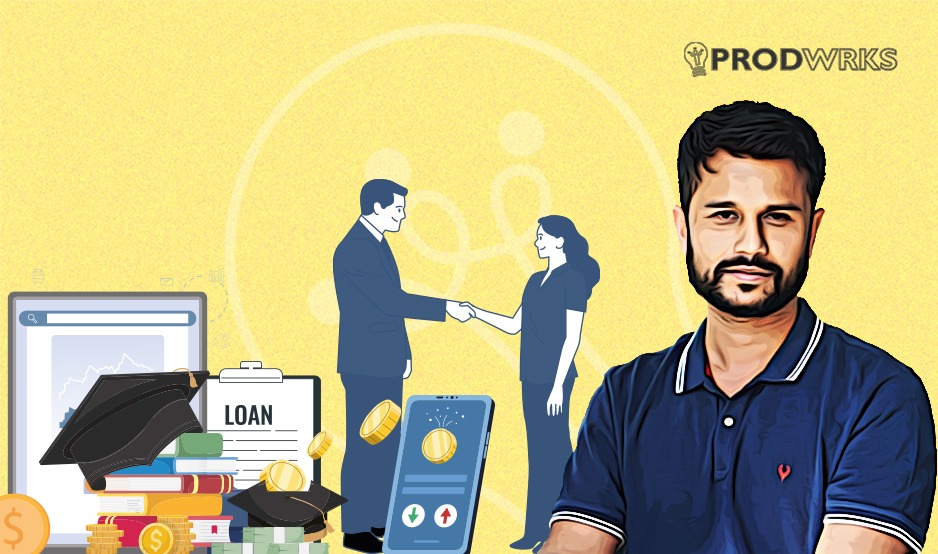
In a country like India, with a burgeoning population of middle-income families, it’s common to see students compromising on the quality of education due to budget constraints. The lack of credit access in the form of education loans for upskilling has further compounded this problem. Tackling this socio-economic problem head-on is Propelld, a Bangalore-headquartered fintech […]
